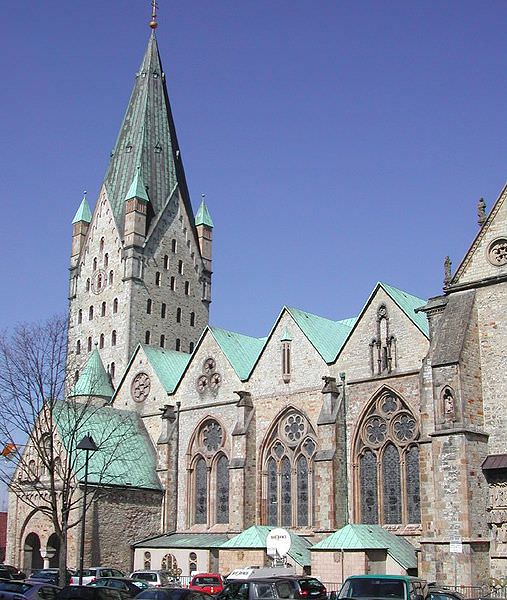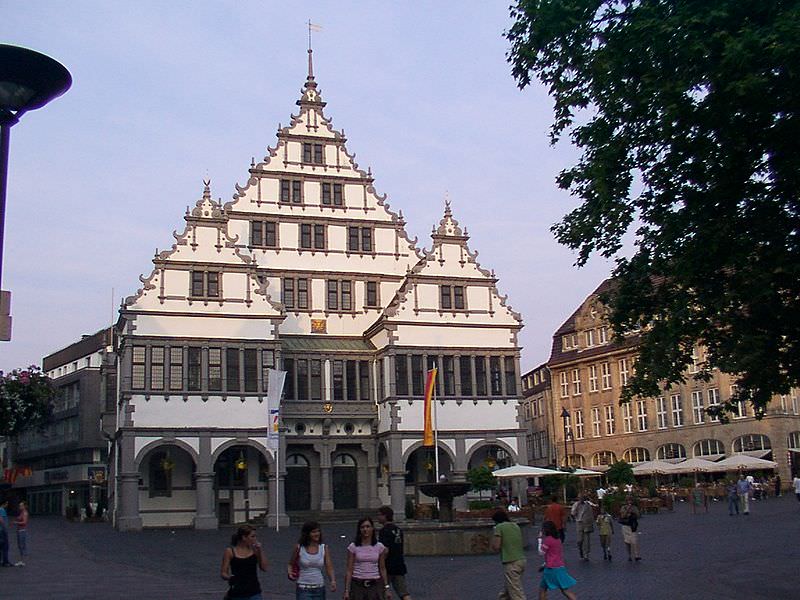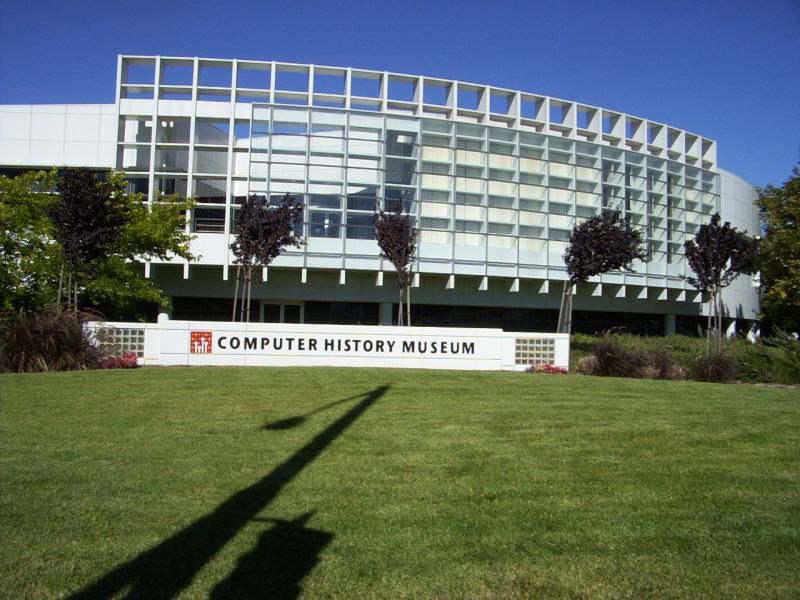Paderborn is another example of an old Germanic town that came into being during the wars against pagan religions in the 7th, 8th and 9th centuries AD. In 777, Charlemagne officially “baptised” this stronghold of the old Saxon peoples and for the next 40 years waged a continuous war to establish Christianity in the area. His success was dramatically proven during Pope Leo’s flight from Rome to Paderborn where Charlemagne met him in the Carolingian Palace and granted him safety, restored him to the papacy and in return became the first of a long line of Holy Roman Emperors based in the Frankish-Germanic regions that now make up the countries of France, Belgium, the Netherlands and Germany.
 Over the centuries, Paderborn’s status as a Christian bastion was preserved and improved upon by building a grand Cathedral, as well as palaces, churches and abbeys that have survived, entirely or in part, for more than a thousand years. Paderborn’s cathedral is built on the site of a collection of freshwater springs — 200 or more — and the springs supplied the town for hundreds of years. Today the springs are the centerpiece of a park that surrounds the cathedral and other ancient religious buildings. Some churches that are worth a gander are the Gau Church across from the cathedral, the Jesuit Church and nearby former Jesuit University, and the Chapel of St. Bartholemew near the Carolingian Palace.
Over the centuries, Paderborn’s status as a Christian bastion was preserved and improved upon by building a grand Cathedral, as well as palaces, churches and abbeys that have survived, entirely or in part, for more than a thousand years. Paderborn’s cathedral is built on the site of a collection of freshwater springs — 200 or more — and the springs supplied the town for hundreds of years. Today the springs are the centerpiece of a park that surrounds the cathedral and other ancient religious buildings. Some churches that are worth a gander are the Gau Church across from the cathedral, the Jesuit Church and nearby former Jesuit University, and the Chapel of St. Bartholemew near the Carolingian Palace.
Near the cathedral is the traditional center of town with a spectacular Rathaus (Town Hall) as the centerpiece. Many German towns and cities have main plazas such as the one in Paderborn — the beautiful Town Hall building makes this plaza special and the high-class German-fare restaurant on the first floor gives you an opportunity to peacefully take the place in.
 Almost 10% of Paderborn’s population of 150,000 is made up of students — German and international — and they give the small-and-quaint city center a bit of liveliness when school is in. There are several bars and clubs along the Kamp, just north of the center of town, and you can also do some decent shopping there. The university is known for its computer science program and, accordingly, the world’s largest computer science museum is in Paderborn: the Heinz Nixdorf Museum contains an extensive collection explaining computer science’s origins, development, “secrets” and possible future.
Almost 10% of Paderborn’s population of 150,000 is made up of students — German and international — and they give the small-and-quaint city center a bit of liveliness when school is in. There are several bars and clubs along the Kamp, just north of the center of town, and you can also do some decent shopping there. The university is known for its computer science program and, accordingly, the world’s largest computer science museum is in Paderborn: the Heinz Nixdorf Museum contains an extensive collection explaining computer science’s origins, development, “secrets” and possible future.
 Paderborn’s annual Libori Festival held the last week of July is a mixture of old religious celebrations and rites and a new, modern panache for just partying. The entire city center is abuzz with people, stalls and a lot of beer. If you miss the summer Libori, there is a smaller Libori in autumn with its own special fall flavor.
Paderborn’s annual Libori Festival held the last week of July is a mixture of old religious celebrations and rites and a new, modern panache for just partying. The entire city center is abuzz with people, stalls and a lot of beer. If you miss the summer Libori, there is a smaller Libori in autumn with its own special fall flavor.
Paderborn is located in a very rural part of Northwest-Rhineland and a car trip to some of the outlying towns and villages would be a treat for those who want to find a very hearty German meal, some fresh milk, quiet fields of swaying green grass and the clean air of the quiet German countryside. Less than 10 miles to the east is the Teutonburger Forest, a reserve accessible by car with nearby accommodations and great food.
Written by Sascha Matuszak for EuropeUpClose.com
